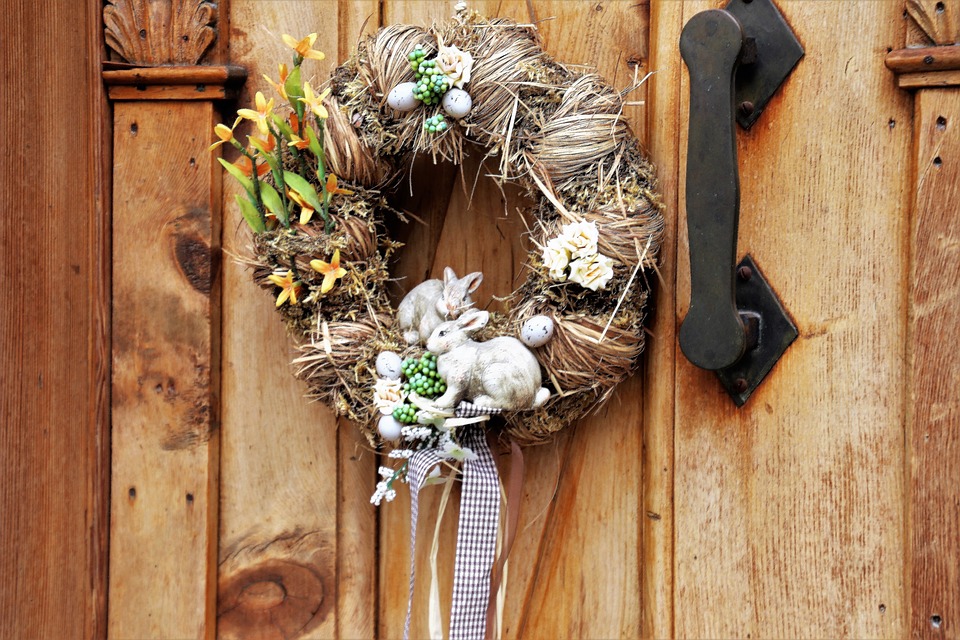While most home buyers spend their time at an open house passively observing the layout of the rooms and the name brands on the kitchen appliances, smart buyers know the things that are really important to look for when buying a home.
In competitive markets, you’ll often walk into an open house that has been deep cleaned, upgraded, and staged with stylish furniture, so you shouldn’t be overly impressed by a house that looks and smells nice. (You can, however, be rightly appalled by a home that looks and smells atrocious.)
Think of the open house as a first date: It’s an opportunity to look beyond the pictures you saw online and figure out if the property is worth seeing again—or if you should move on and never look back.
Red flag No. 1: Too much scent
Don’t let those freshly baked cookies or potpourri simmering on the stove fool you. The more aggressive the scent, the greater the likelihood the seller is taking precautions to mask a more offensive odor, says Denise Supplee, a real estate agent with Long and Foster Real Estate in Doylestown, PA.
“When there’s too much going on in the scent department—plug-ins, wax warmers, and candles, for example—I wonder what that overkill is hiding.”
Take a deep whiff in every room you enter, and look closely at walls, ceilings, and flooring for signs of pet accidents, mildew, or smoke.
Red flag No. 2: Poor tiling
Inspect the tile in kitchens and bathrooms, suggests Eugene Gamble, a real estate investor and owner of WeFundYourFlips in Tampa, FL.
“If the gaps or tiles are slightly uneven, it may indicate a DIY job, which will make me think twice, especially if I know this house was flipped,” he says. Lazy tiling could indicate that multiple fixes might have been done on the fly, which can add up to big bucks in potential repair costs.
Red flag No. 3: Foundation issues
Most houses have hairline cracks, which just indicate the house is settling into its position, but large gaps signal a bigger issue with the foundation, says Gamble. Other tipoffs: sticking doors or windows, visible cracks above window frames, and uneven floors. How do you know if the floors are uneven? Roll a marble from one side to the other. (This might be more subtle if you have kids with you.)
Red flag No. 4: Signs of deferred maintenance
“When I walk through a home, I look for signs that the owner might have neglected routine home maintenance,” says real estate agent Malcolm Lawson, with Keller Williams Select Realtors in Annapolis, MD. He cites issues such as burned-out lightbulbs, long grass, leaky faucets, or faded paint. “These signs indicate the seller may have ignored other ongoing home maintenance tasks that can cause real problems down the road.”
An attentive homeowner is going to flush the water heater annually, change air filters monthly, clean the chimney, inspect the roof for leaks, and regularly recaulk around windows and doors, for example, which will keep all those systems in good working order.
Red flag No. 5: Nearby water
That creek might look picturesque now, but it won’t when it comes cascading through your back door.
“The increasing unpredictability of weather means that it’s vital to consider the possibility of flooding,” Gamble notes. He’s seen people unable to insure their house against flood risk, which can create giant damage bills on a regular basis.
Red flag No. 6: Wonky windows
Take a second to pull back the curtains to check for lopsided frames, and then give the windows a tug to make sure they slide easily. If they stick, it could be a sign of foundation issues, as noted above, or just poor installation.
The only fix for that—and it’s an expensive one—is new windows, says Supplee, who knows from personal experience: “A home I purchased boasted ‘new windows,’ and it was only after living in the home for several months that I realized many had been installed wrong, and I had to replace them.”
Red flag No. 7: Mold
To detect possible signs of mold while wandering through an open house, discreetly open bathroom and sink cabinets to take a look around water pipes or drains, suggests Frank Kirschner, a real estate broker in Fort Lauderdale, FL. Even small black or gray spots indicate that more serious issues may be lurking. You can also check the caulking around faucets and tubs for black spots, and look for patches on the ceiling.
Red flag No. 8: Water damage
A musty odor can indicate water damage, even if you don’t see standing water, says Supplee. Check walls and ceilings for water lines; they likely indicate flooding from a leak or a burst pipe that may have caused internal damage. Also, take a peek at exposed piping in basements or laundry rooms, and check for rust, water stains, or leaking, she suggests.
Red flag No. 9: Cosmetic enhancements
That one freshly painted wall could be an accent wall, or it could be hiding something like a patch of mold, Gamble cautions.
Supplee lifts up area rugs to check hardwood flooring, making sure they’re not stained or damaged by pets.
Red flag No. 10: Improper ventilation
Without adequate interior ventilation, moisture sticks around, which can create mold and increase allergies. The tipoff: Look for condensation on windows or slightly bubbled or peeling paint around windows, doors, or vents, says Kirschner. This can indicate moisture in the walls and ceiling drywall.
The bottom line: Don’t walk through an open house the way you walk through a museum, says Gamble. Even though your home inspectoris likely to detect many of these problems down the line, being attentive to these red flags in an open house ensures that you’re not wasting your time on a home that isn’t the one for you.
